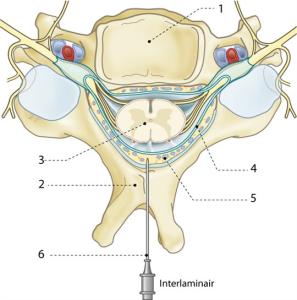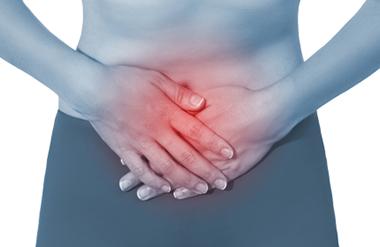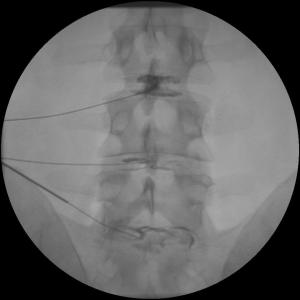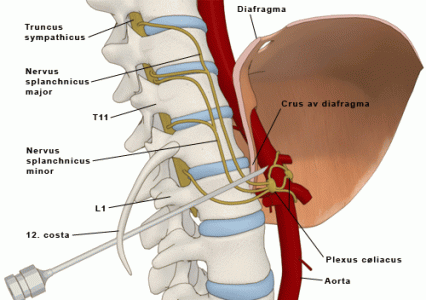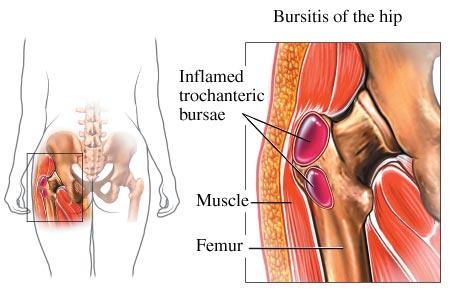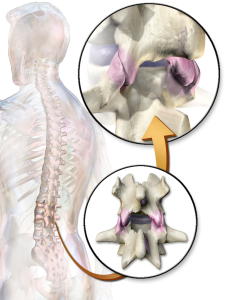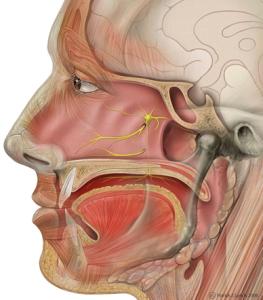Facts and Basic Information about Epidural Steroid Injections:
Epidural Steroid Injections (ESIs) are a common, if not the most common, treatment option for many forms of Low Back related Leg Pain, or Neck related Arm Pain.
They have been used for low back pain since 1952 and are still an integral part of the Non-Surgical management of nerve generated pain, Low Back pain and Neck pain.
The goal of the injection is pain relief; at times the injection alone is sufficient to provide relief, but commonly an epidural steroid injection is used in combination with a Comprehensive Rehabilitation program to provide additional lasting benefit.
How Epidural Steroid Injection Going to help my Pain?
- When there is narrowing of the passages where the nerves travel as they pass down or out of the spine, spinal nerves become inflamed which result in characteristic Neuropathic (nerve generated) pain.
- Steroids ‘cortisone’ placed into the epidural space have a very potent anti-inflammatory action that can decrease pain and allow patients to improve function.
- Steroids break the cycle of pain and inflammation and helps expedite the healing process of the underlying condition without being in pain. Luckily the degenerated or disrupted discs are like any other tissues in your body, they go through healing process and they do heal without the need for any surgery.
- In combination with certain precautions and comprehensive rehabilitation plan, the injections can provide benefits that outlast the effects of the steroid itself.
How Are Epidural Steroid Injections Performed?
There are Three common ways for delivering steroid into the epidural space: the Interlaminar, Caudal, and Transforaminal approaches.
All three approaches entail placing a thin needle into position using fluoroscopic (x-ray) guidance. Prior to the injection of steroid, contrast dye is used to confirm that the medication is traveling into the desired area. Often, local anesthetic is added along with the steroid to provide temporary pain relief.
An Interlaminar ESI, often referred to simply as an ‘epidural injection’, involves placing the needle into the back of the epidural space and delivering the steroid over a wider area. Similarly, the Caudal approach uses the Sacral hiatus (a small boney opening just above the tailbone) to allow for needle placement into the very bottom of the epidural space, and usually this approach is used with patient who had multiple surgery in the back before.
With both approaches, the steroid will often spread over several spinal segments and cover both sides of the spinal canal. ![By BruceBlaus. When using this image in external sources it can be cited as: Blausen.com staff. "Blausen gallery 2014". Wikiversity Journal of Medicine. DOI:10.15347/wjm/2014.010. ISSN 20018762. (Own work) [CC BY 3.0 (http://creativecommons.org/licenses/by/3.0)], via Wikimedia Commons](assets/blog-afbeeldingen/conditions/Blausen_0354_EpiduralSteroidInjection.png)
With a Transforaminal ESI, often referred to as a ‘nerve block’, the needle is placed alongside the nerve as it exits the spine and medication is placed into the ‘nerve sleeve’. The medication then travels up the sleeve and into the epidural space from the side. This allows for a more concentrated delivery of steroid into one affected area (usually one segment and one side).
Transforaminal ESIs can also be modified slightly to allow for more specific coverage of a single nerve and can provide diagnostic benefit, in addition to improved pain and function.
How long does it usually takes?
The procedure is done on outpatient basis, typically requires 20 to 30 minutes, including preparation time. It is followed by 45 minutes of observed recovery time.
Will I be getting Sedation while the procedure is done?
Some patients request mild sedation for the procedure, but most patients undergo the injection using only local anesthetic at the skin.
Can I resume my life normally after the procedure?
All three procedures are performed on an outpatient basis, and you can usually return to your pre-injection level of activities the following day.
What to expect right after the injection?
Although not everyone obtains pain relief with ESIs, often the injections can provide you with improvement in pain and function that last several months or longer. Pain relief is usually noticed right after the injection, however, the steroid benefit from these injections will typically starts in 1-3 days following the procedure.
For How long the benefit from this injection is going to last me?
Often the injections can provide you with improvement in pain and function that last several months or longer. Injections are also commonly coupled with other treatments (medications, physical therapy, etc) in an attempt to either maximize the benefit or prolong the effects.
How often I can get these injections?
Up to three injections may be given within a six-month time frame. Usually, the injections are performed two to three weeks apart. A set of three injections is the norm; however, you may gain considerable relief after the first or second injection. In that instance, further injections may not be necessary.
Will I be gaining any weight from the Steroid “Cortisone” injection?
Absolutely not, the single injection dose of steroid is equivalent to far less dose than what normal body produces on daily basis. Steroids and weight gain are of a concern mainly with Systemic (Oral or IV) Steroids for systemic diseases e.g. Rheumatoid Arthritis, and does not occurs with Pain Management injections.
Myths & Facts
Myth: “Epidural Steroid Injections Just Mask the Pain of a Herniated Disc”
Facts:
- Epidural steroid injections proven effective for herniated disc pain.
- Steroid injections can decrease the inflammation around the discs and nerves, which in turn alleviates pain to resume normal functional status and helps more expedited healing process to the damaged tissues.
This is a very common question and myth about Epidural Steroid injection. Spinal discs, joints, and nerves are common sources of pain.
Over time, wear and tear can lead to disc herniations, nerve compression, and to degenerative disc disease that is very hard to reverse.
Pain and numbness may be limited only to the neck or back and commonly it does radiate into the arms or legs. Big part of the pain source is due to the mechanical pressure/problem, but that is not only it, there is another inflammatory process that is a big contributor to pain generation.
I always ask my patients to remember that it is a Mechanical and Chemical problem, where inflammatory mediators (which are chemicals) are notoriously irritating various tissues and nerves leading to pain development.
Avoid the Operating Table
The good news is that Most Herniated Discs can be treated without surgical intervention.
Healing process starts with good pain control, because pain severity may restrict the ability to improve functions and ability to exercise, leading to more and more functional limitations and suffering. 
How Epidural Steroid Injections a part of the healing process
Epidural steroid injections can be an important part of your treatment plan.
The epidural space surrounds your nerves and discs.
Injecting steroids, which are potent anti-inflammatory medications, directly into this space can precisely target the source of inflammation.
Much like a topical steroid removes irritation and redness from a skin rash, the injected steroid decreases the inflammation and swelling around the nerves and discs, thus relieving pain and pressure. This is typically enough to ease the pain to the point that will then allow you to engage in the exercise that will help you on your road to full recovery.
So Do Epidural Steroid Injections Just Mask Pain?
The ultimate answer is “No”.
Steroid injections can decrease the inflammation around the discs and nerves, which in turn alleviates pain enough to allow return of more regular exercise and activity.
